Seen the Hope Diamond? Check Out These Treasures from the Baseball Diamond
Smithsonian acquires priceless emblems of America’s national pastime
/https://tf-cmsv2-smithsonianmag-media.s3.amazonaws.com/filer/97/4b/974b3aff-3bf0-4ff0-b08b-f368627fe763/18-donny-bajohr-baseball-objects.jpg)
At a donation ceremony convened yesterday at the Smithsonian's National Museum of American History, museum board member and longtime baseball buff Thomas Tull officially ceded fourteen invaluable relics from his personal collection to the Smithsonian.
Of particular note was a glass-encased baseball signed by the 1927 Yankees, who notoriously went 110 and 44 that year before sweeping the Pittsburgh Pirates in the World Series. The fierce lineup, dubbed “Murderers' Row” by period commentators, included both Lou Gehrig and Babe Ruth. Scrawled in loopy cursive and still legible, is Babe Ruth's signature, which appears perfectly sandwiched between the two seams of the ball.
In addition to this singular specimen, the collection contains a signed MacGregor glove from Hank Aaron’s time with the Milwaukee Braves, a vintage Giants cap worn by Willie Mays and bearing the inscription “Say Hey,” and the zipper-equipped retro jersey of high-flying Cardinal Stan Musial. These three greats—Aaron, Mays, and Musial—each appeared in 24 consecutive All-Star Games, a feat matched by no other player in major league history.
Boston slugger Ted “Teddy Ballgame” Williams, Orioles third baseman par excellence Brooks Robinson, quotable crack Yankee catcher Yogi Berra, and 13-time Golden Glove-winning Cardinal shortstop Ozzie Smith are also represented in the assortment of paraphernalia, which will eventually go on view when the museum completes its ongoing third floor renovations.
Museum director John Gray stressed the Institution’s commitment to transmitting the “ideas and ideals” of America to the public, and intimated that the near-universal appeal of sports narratives in this nation has the potential to unite disparate people in appreciation of the country’s history.
“At this polarized moment,” Gray said, “we’re working to bring America together.”
Thomas Tull, who amassed these items through years of sustained engagement with Lelands auction house and private collectors, shares Gray’s view of the higher significance of baseball. Having grown up an hour outside of Cooperstown, Tull has long been a fan, but his appreciation for the game extends beyond a single team or era.
“When we look at some of the biggest moments in American history over the last hundred years,” Tull says, “baseball has been part of our cultural fabric for a very long time.”
In particular, he points to the 1947 major league debut of Negro Leaguer Jackie Robinson, a landmark moment for civil rights in the U.S., as well as the World Series following 9/11, during which “the country came together watching Cal Ripken chase Lou Gehrig’s record.”
In the inspiring, unpredictable history of baseball, Tull sees reflected the inspiring, unpredictable history of this nation.
“The continuity of the sport and the stories that are passed on—that’s why I love the game.”
/https://tf-cmsv2-smithsonianmag-media.s3.amazonaws.com/accounts/headshot/DSC_02399_copy.jpg)
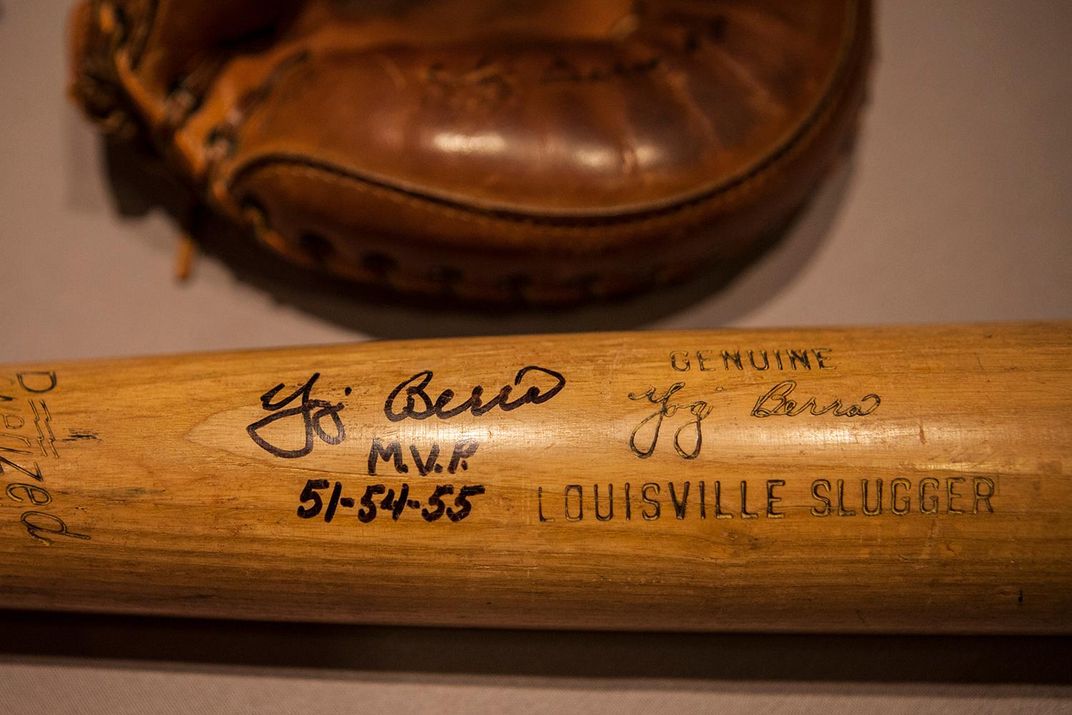
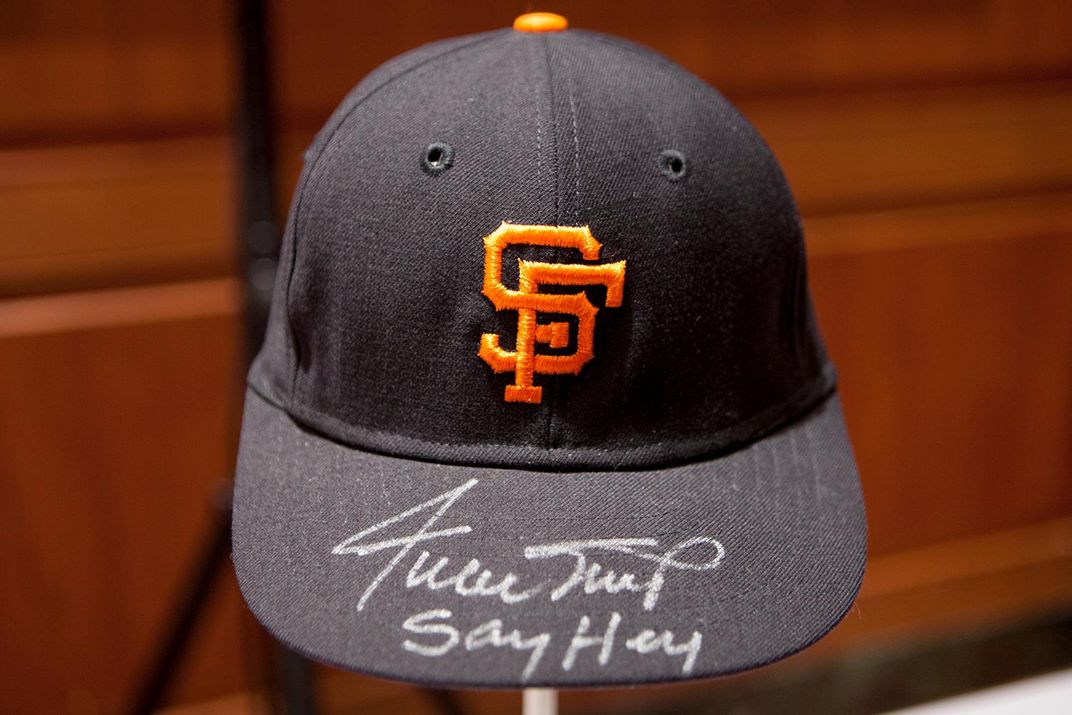
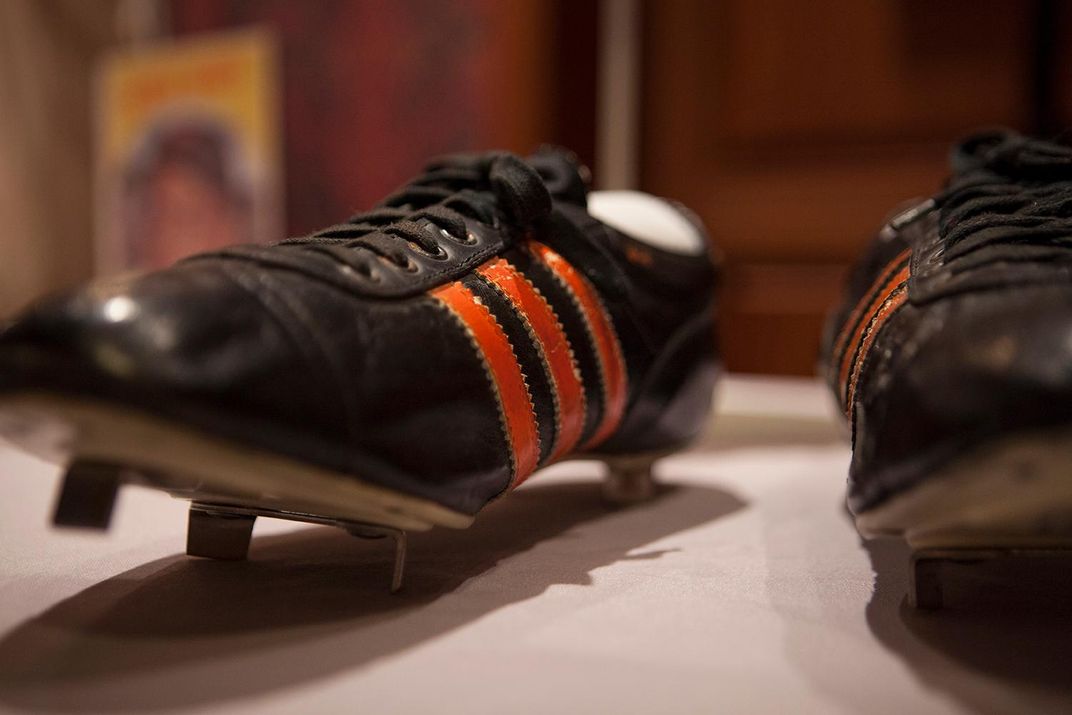
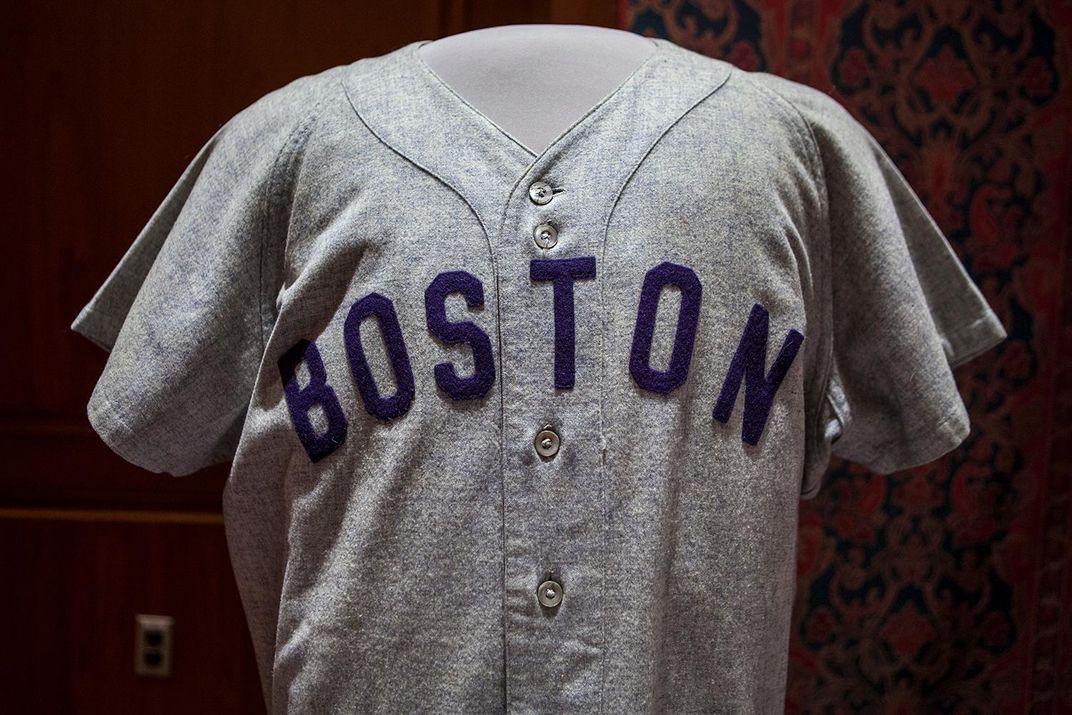
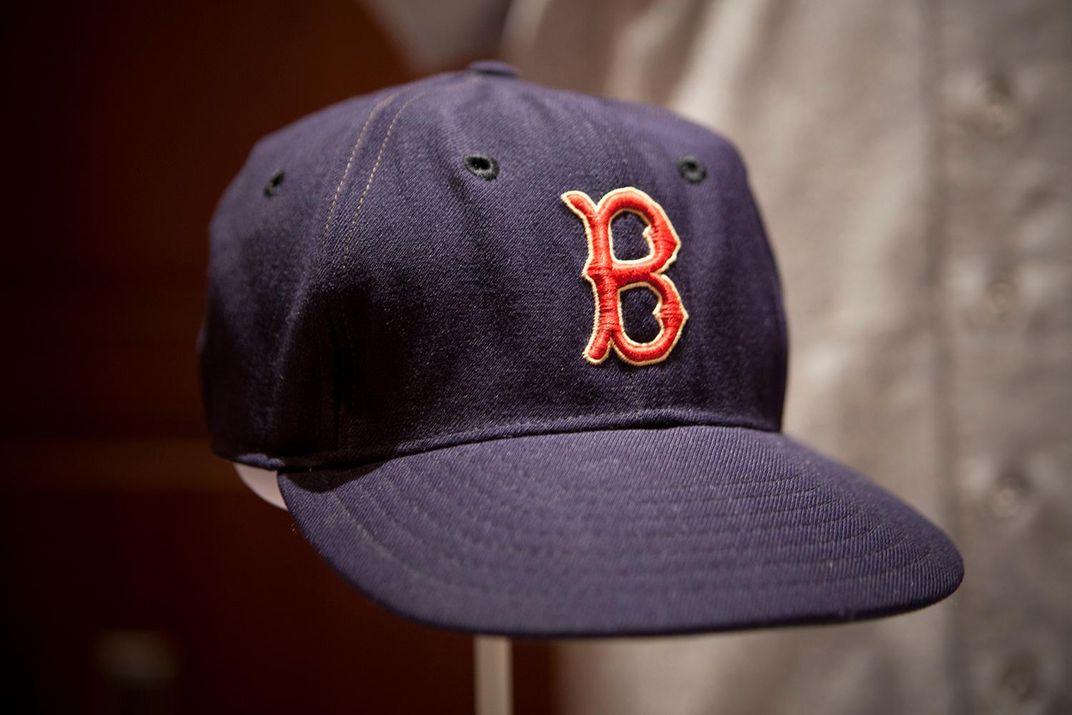
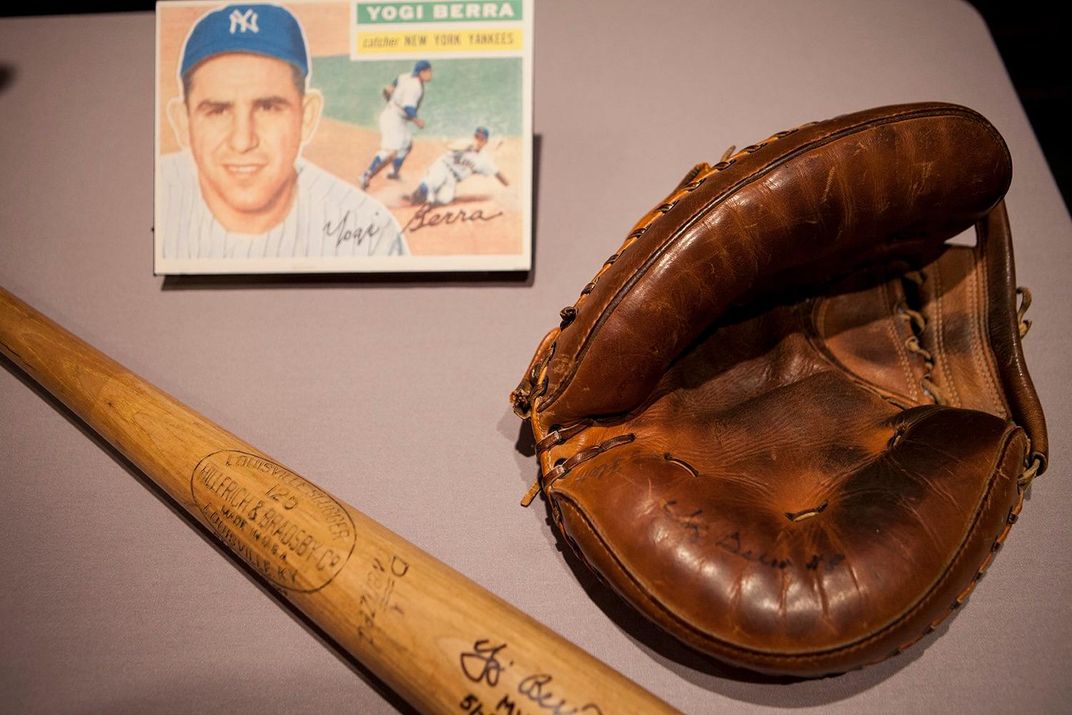
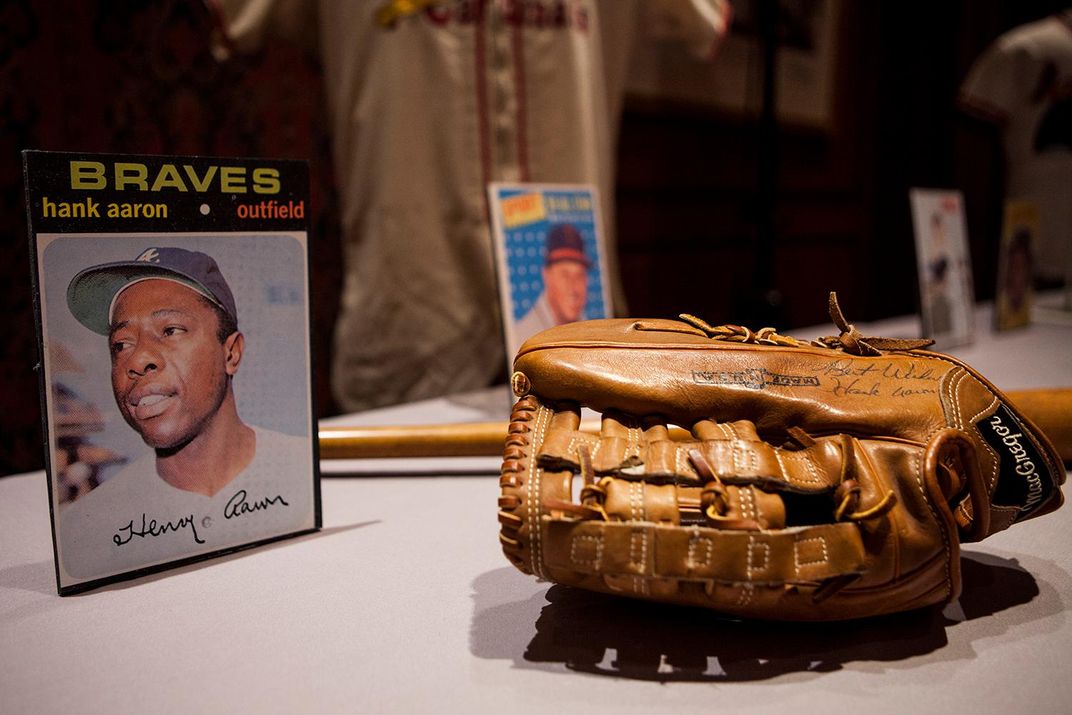
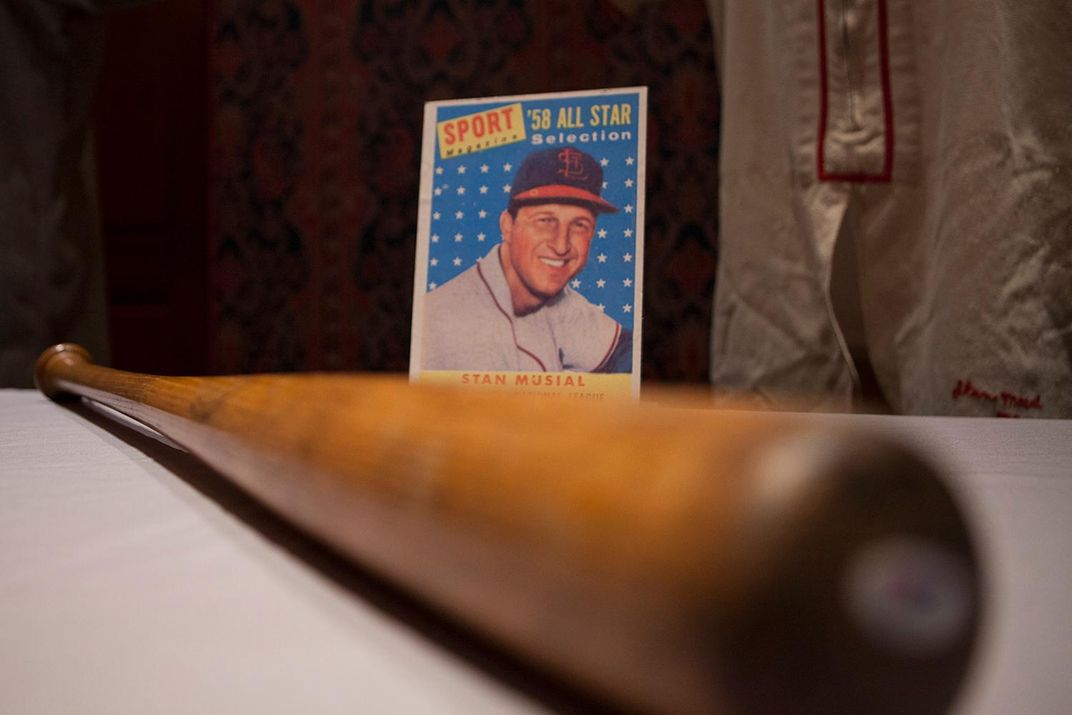
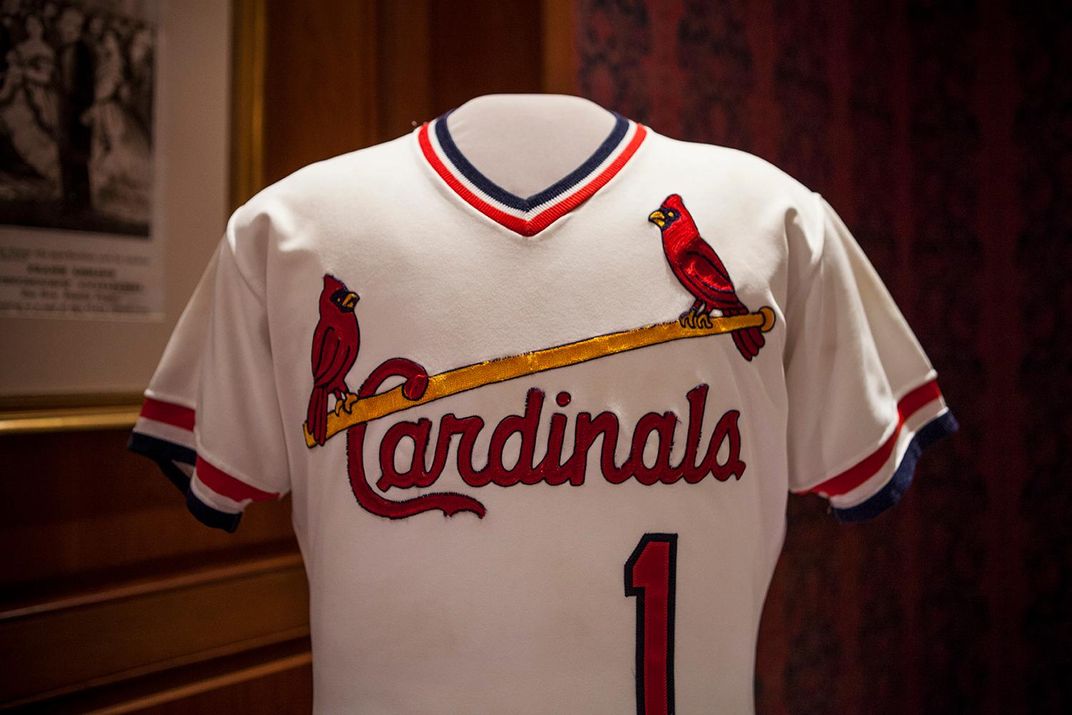
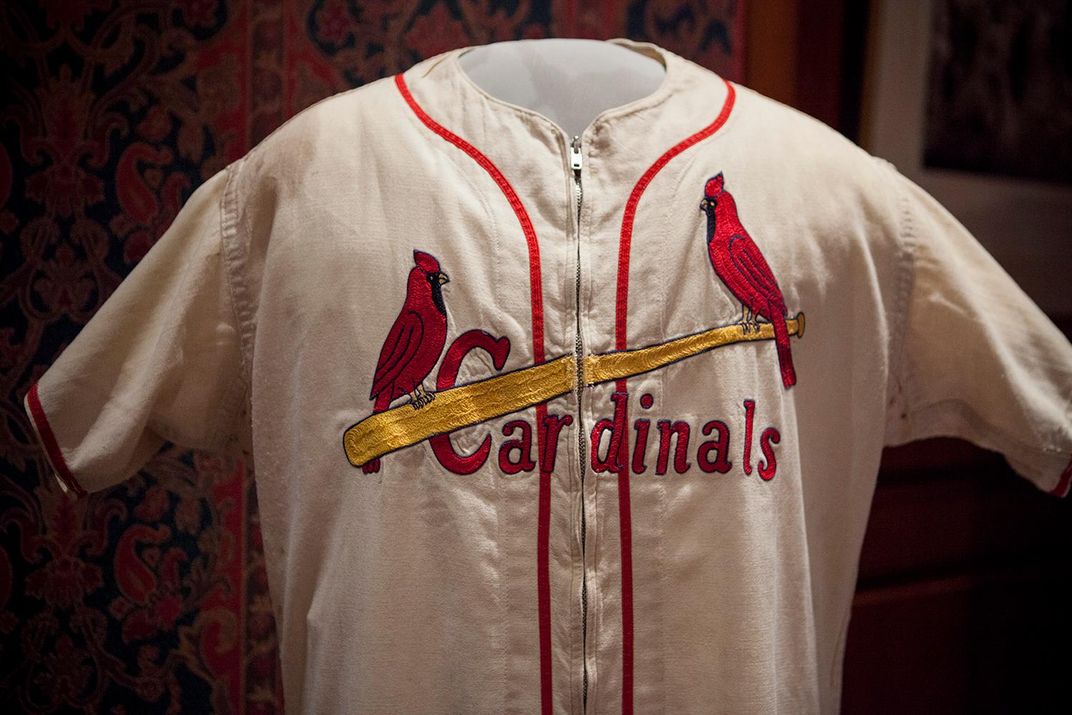
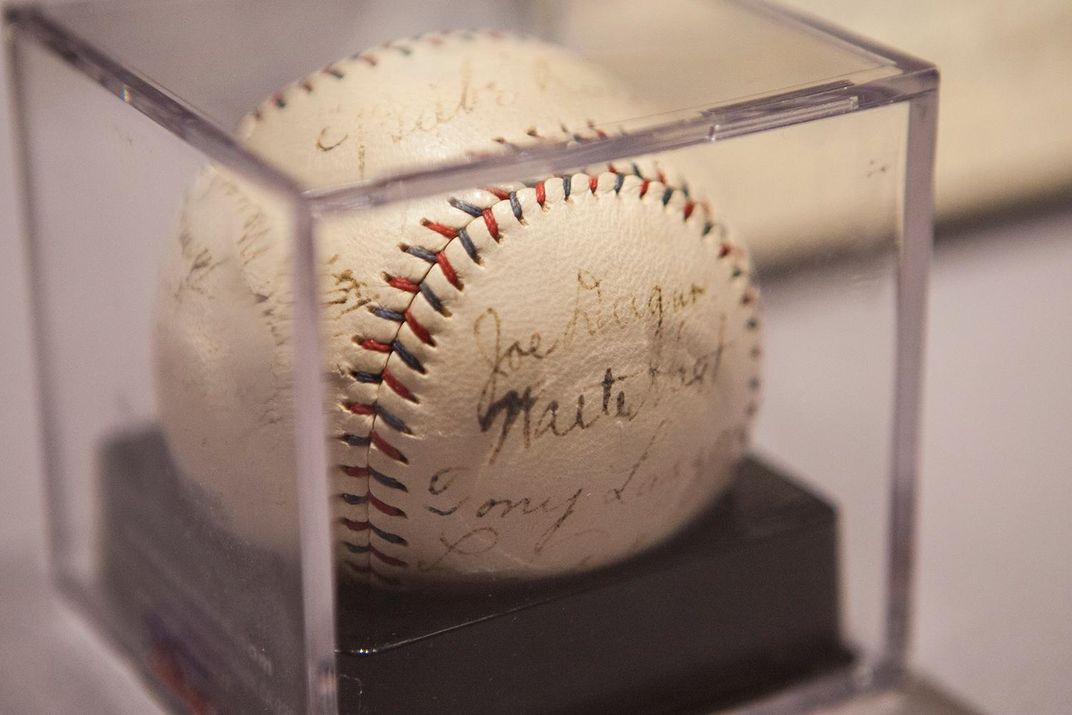
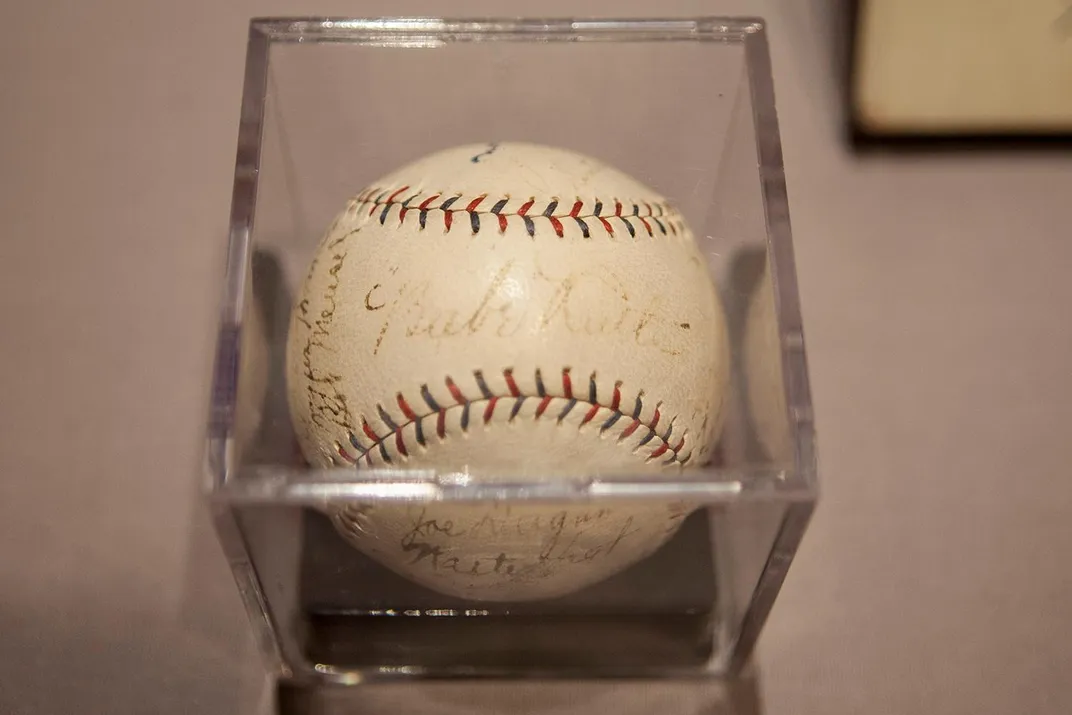
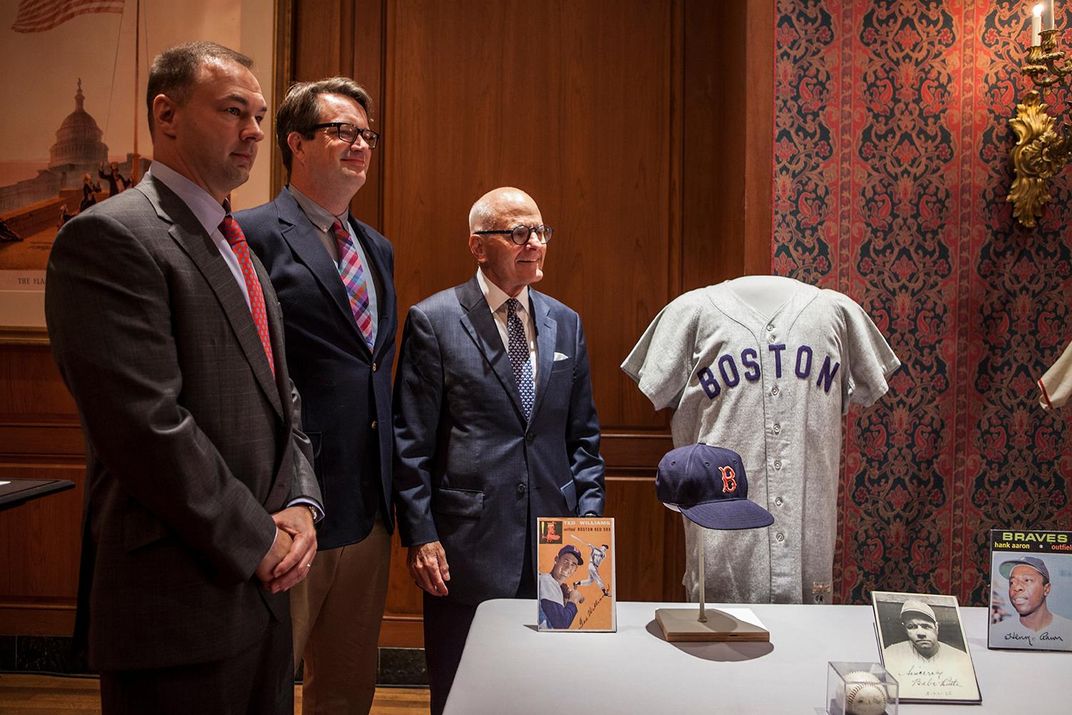
/https://tf-cmsv2-smithsonianmag-media.s3.amazonaws.com/accounts/headshot/DSC_02399_copy.jpg)